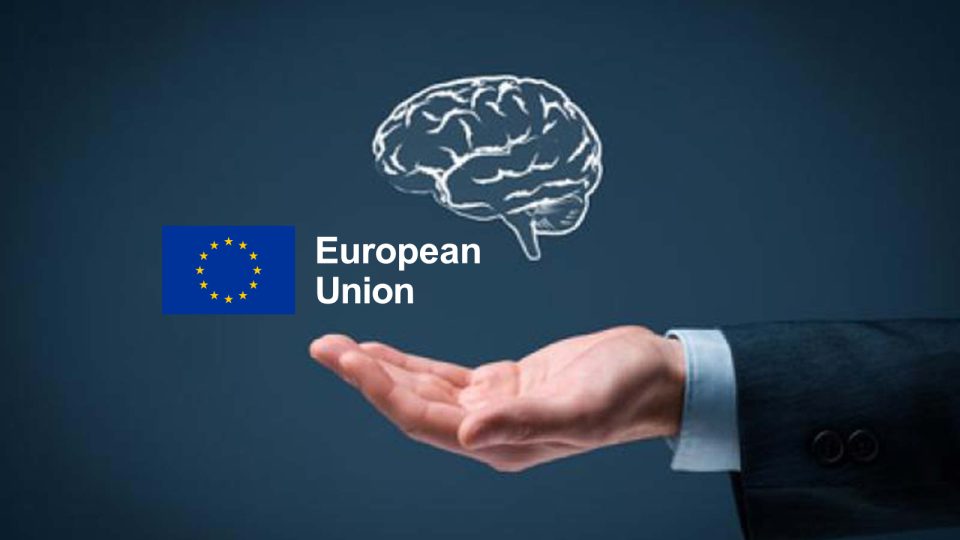The EU becomes the primary authority on AI, with plans to enforce definitive regulations covering transparency, ethics, and other critical aspects.
The EU’s long-awaited AI Act has finally been resolved after an extensive two-and-a-half-year process, marking a significant milestone as the world’s inaugural comprehensive AI legislation. This landmark bill addresses potential harm in critical areas where AI deployment poses substantial risks to fundamental rights, encompassing sectors like healthcare, education, border surveillance, and public services, while prohibiting applications that present an “unacceptable risk.”

Specifically targeting “high-risk” AI systems, stringent regulations will demand compliance with rigorous protocols, including risk mitigation frameworks, high-quality datasets, enhanced documentation, and human supervision. Notably, most AI applications, such as recommender systems and spam filters, will remain unaffected by these stringent measures.
The AI Act’s significance lies in its introduction of crucial regulations and enforcement mechanisms into an immensely influential sector that currently operates without clear guidelines, thus signaling an end to the unregulated nature of AI implementation.
MIT Technology Review’s core insights on the AI Act
Binding Rules on Transparency and Ethics
The AI Act establishes binding regulations demanding tech companies notify users when engaging with chatbots, biometric categorization, or emotion recognition systems. Moreover, it mandates labeling deepfakes and AI-generated content while ensuring detectability of AI-generated media. Additionally, organizations offering essential services like insurance and banking must conduct impact assessments concerning AI’s impact on fundamental rights.
Flexibility for AI Companies
The Act addresses foundation models and their derived AI systems, requiring improved documentation, compliance with EU copyright laws, and enhanced data disclosure. Stricter protocols apply to the most potent models, emphasizing transparency about security, energy efficiency, and data used for training. However, classifying powerful AI models relies on computing power, which the companies themselves determine.
EU as Premier AI Regulatory Authority
The Act establishes the European AI Office to oversee compliance, implementation, and enforcement, marking the first globally to enforce binding AI rules—fines for noncompliance range from 1.5% to 7% of a company’s global turnover. Citizens gain the ability to file complaints and receive explanations regarding AI decisions. This regulatory framework positions the EU as a global benchmark, surpassing similar initiatives like the US executive order due to its enforceability.
National Security Restrictions
Prohibited AI uses include biometric categorization with sensitive characteristics, untargeted facial image scraping, emotion recognition in workplaces or schools, social scoring, and AI manipulating human behavior. However, military and defense AI systems remain outside the Act’s scope. Policing biometric identification systems require court approval, limiting their use to specific crimes.
Path Forward and Implications
The finalized bill’s wording, subject to technical revisions, awaits approval by European countries and the EU Parliament. Companies have two years to implement the rules, with AI use bans taking effect after six months. Compliance for foundation models is mandated within a year. This comprehensive framework positions the EU as a frontrunner in AI regulation, potentially setting a global standard akin to the GDPR, with significant implications for companies worldwide.
FAQs
1. What is the EU’s AI Act?
The EU’s AI Act is a comprehensive legislation set to regulate the use of artificial intelligence across various sectors, focusing on mitigating potential risks to fundamental rights posed by high-risk AI systems.
2. What does the AI Act aim to regulate?
It aims to regulate high-risk AI systems in healthcare, education, border surveillance, and public services. It also introduces binding rules for transparency and ethics in AI applications.
3. How does the AI Act address transparency and ethics in AI?
It mandates that tech companies use AI-like chatbots or emotion recognition systems to inform users. It also requires labeling AI-generated content and conducting impact assessments in essential service sectors.
[To share your insights with us, please write to sghosh@martechseries.com]


